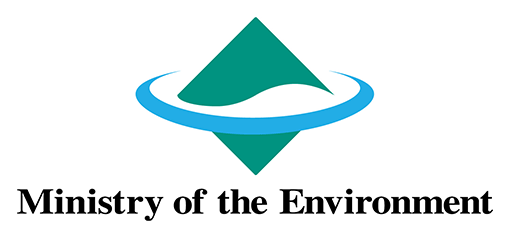With 380 species, bats make up nearly 40 per cent of Southeast Asia’s mammal species, yet the group has received limited attention in biodiversity studies. To redress this, the Southeast Asian Bat Conservation Research Unit (SEABCRU) developed a database for bat locality data across SE Asia, designed to push new records to GBIF. The database has about 40,000 records including cleaned and manually georeferenced GBIF records, data from literature, museums and field notes.
Previous research shows that SE Asian bat data in open-source resources are strongly biased taxonomically, spatially, and ecologically with consequences for models that underpin conservation policy. Of note is the lack of data for open-space insectivorous species that forage in non-forested habitats. Despite comprising over 30% of SE Asian bat diversity, these species are hard to record using conventional methods. However, occurrence data for these bats can be generated through acoustic sampling, but this requires a dedicated call database.
In an initial review, call descriptions from over 40 per cent of 270 echolocating species have been reported in literature, but none of the recordings are accessible and many of the species occurrence attached are not published. The Hungarian Natural History Museum (HNHM) has recently received government support to develop the Asian Bat Call Database (ABCD).
To fill current gaps in bat diversity in GBIF, funding from BIFA will allow this project to:
- integrate the occurrence and acoustic databases to capture species occurrence data represented by acoustic recordings,
- train researchers to assemble and format existing data following the Darwin Core standard through workshops, webinars and development of tools,
- publish completed datasets to GBIF, and
- elevate the impact of GBIF network to biodiversity research in Southeast Asia.
Project progress
In July/August 2019 the project introduced the project to SEABCRU members at their 2019 annual meeting, to global bat researchers during the 18th International Bat Research Conference (2019 IBRC) and to participants in a follow up workshop. A project member also attended and gained certification at the BIFA Capacity Enhancement Workshop held in July.
During the first half of the project, the team developed a standard sheet following the Darwin Core and GUANO standards for allocating species location and recording metadata, a data sharing policy, and a Python-scripted tool, guanoctl, which allows editing of the metadata attached to acoustic recordings. SE Asian bat researchers then used these tools to collect and format existing data, which subsequently contributed to the main information and data cleaning workshop, held in November/December 2019.
By final reporting, the team successfully published to GBIF 22 datasets with more than 7,000 occurrence records, consisting of over 170 bat species - exceeding several of the project’s original data mobilization targets.
Post project the team intends to finalize and publish outstanding datasets, and to publish data papers and a review paper based on the species data and acoustic recordings collected in this project. Furthermore, it intends to continue the development of a bioacoustics handbook for Southeast Asian bats and release new versions of its Python-scripted tool, guanoctl.
Post-project progress
In August 2020 the project team held the webinar training to promote both the project and GBIF to existing partners and new participants, whereby information about SEABCRU-HNHM's data sharing policy and how to publish a data paper, was also shared.
The following publications related to this project have also been published:
- New species records from Buton Island, South East Sulawesi, including regional range extensions, Journal of Bat Research & Conservation, Volume 14 (1) 2021.
- Towards a regional call library: Classifying calls of a species-rich bat assemblage in a Bornean karst rainforest, Journal of Bat Research & Conservation, Volume 14 (1) 2021
- ChiroVox: a public library of bat calls, PeerJ, 2022
In January 2022 ChiroVox: the bat call library, primarily based on the data collected by this project, was launched.



